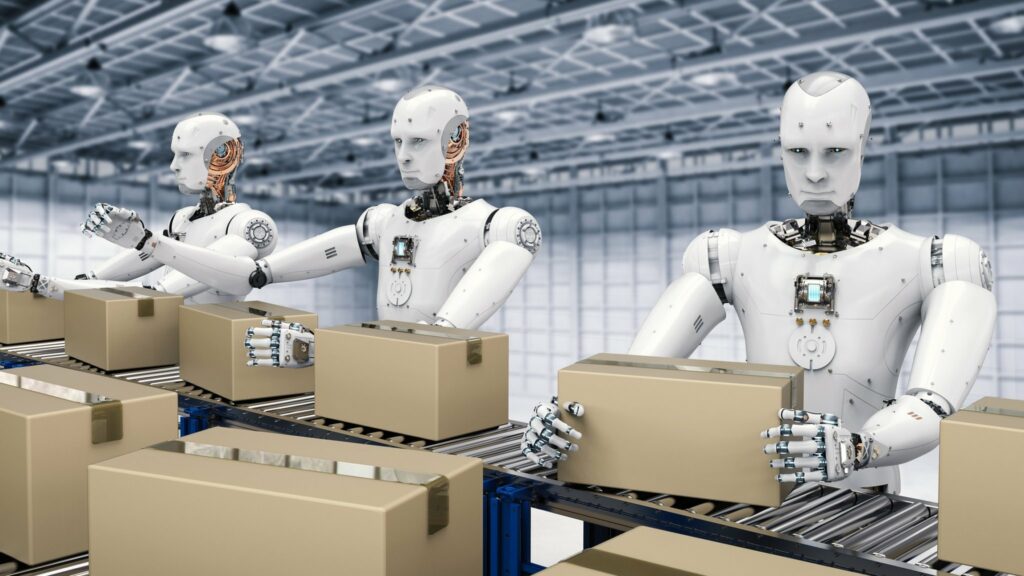Robots are taking over jobs
Examining the Impact of Robots on Jobs: A New Perspective
Amidst the growing prevalence of robots in various industries, concerns about job displacement and the disruption of the labor market have gained traction. However, a recent study by BYU sociology professor Eric Dahlin challenges the prevailing notion that robots are rapidly replacing human workers. The research reveals that the rate of robot takeover is exaggerated, providing a more balanced perspective on the subject.
Impact of Robots on Jobs Study Findings:
Dahlin’s study on the Impact of Robots on Jobs, published in Socius: Sociological Research for a Dynamic World, surveyed nearly 2,000 individuals to gauge their perceptions of job displacement caused by robots. The results indicated that only 14% of respondents had experienced job replacement by robots. However, those who had undergone such displacement tended to overstate the impact of robots on job loss by approximately three times.
Respondents were asked to estimate the percentage of employees whose jobs had been replaced by robots and whether their own jobs had been affected. The findings showed that individuals who had been replaced by robots estimated that 47% of all jobs had been taken over. Similarly, even those who hadn’t experienced displacement estimated that 29% of jobs had been supplanted by robots.
Challenging Exaggerated Perceptions of the Impact of Robots on Jobs:
Dahlin emphasizes that the general perception of robots taking over jobs is greatly exaggerated. He points out that individuals who hadn’t lost jobs overestimated by approximately double, while those who had experienced displacement overestimated by around three times.
The Influence of Media Headlines:
Dahlin suggests that attention-grabbing headlines predicting a bleak future of employment may have amplified the perceived threat of robots taking over jobs. He notes that the fear of automated work processes replacing humans dates back to the early 1800s. While novel technologies are often expected to be adopted rapidly, Dahlin highlights the importance of considering contextual factors such as culture, economics, and government arrangements, which influence the adoption and implementation of technology.
Robots and Human Collaboration:
The study’s findings align with previous research indicating that robots are not primarily displacing workers but are being integrated into workplaces to enhance human labor and generate greater value. Dahlin cites examples such as autonomous floor-cleaning robots in grocery stores, where employees focus on tasks that require human dexterity while robots handle routine cleaning. Similarly, in the aviation industry, robots assist in painting airplane wings, significantly reducing the time required for this task while human workers manage the paint supply.

Contrary to widespread perceptions, the study by Professor Dahlin reveals that the rate of robot takeover in the job market is exaggerated. Rather than replacing workers, robots are being deployed to collaborate with humans, augmenting their capabilities and creating synergistic value. By understanding the nuanced relationship between robots and jobs, we can embrace technology as a tool for enhancing productivity while leveraging human ingenuity and expertise.



Responses